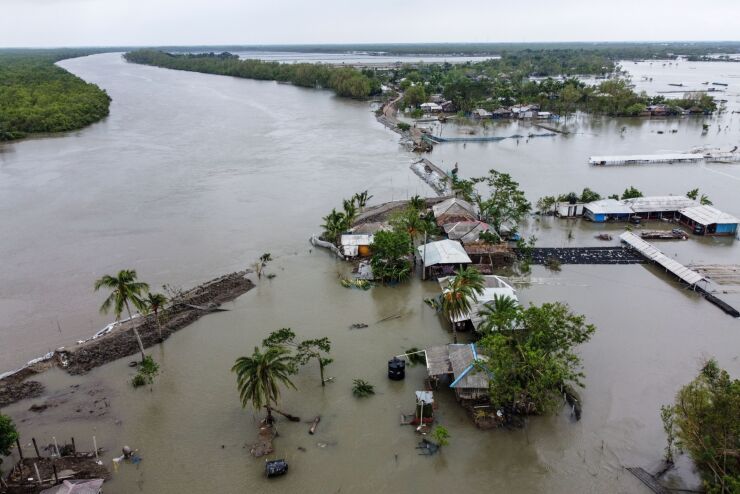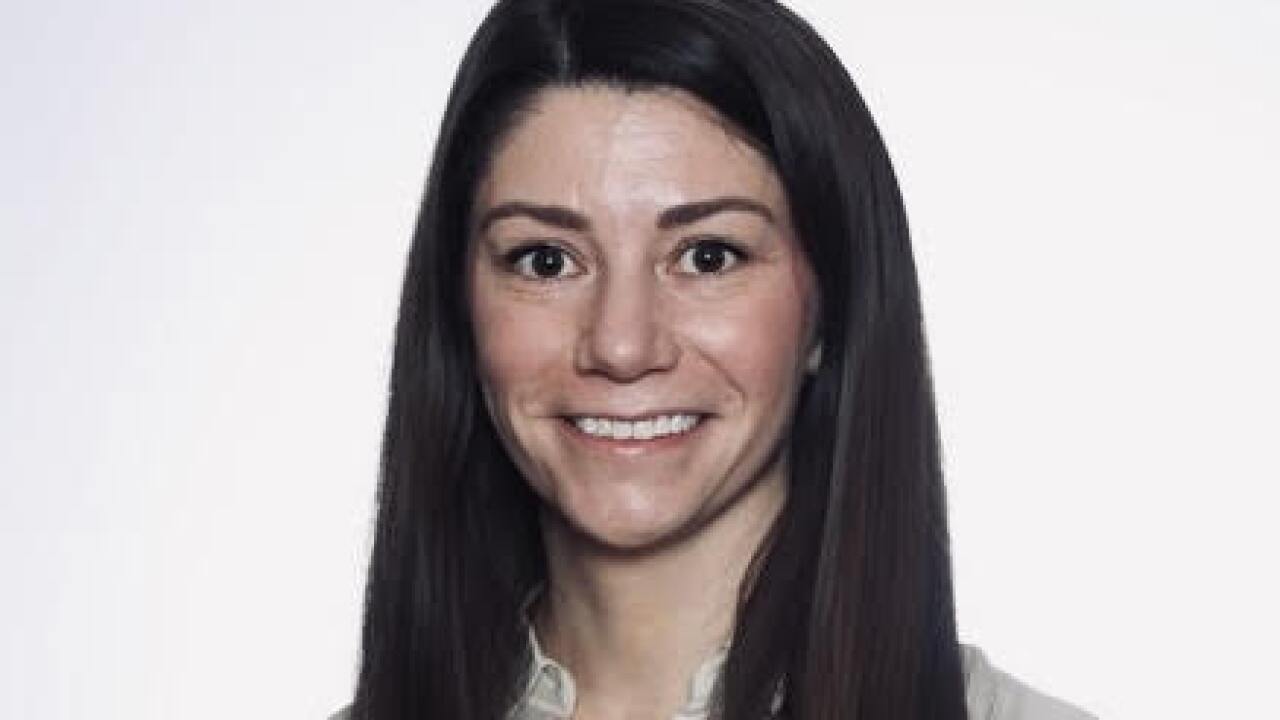(Bloomberg) --Jay Koh, a private equity veteran and former Carlyle Group Inc. executive, says investors should be paying a lot more attention to the new economy forming around extreme weather.
There's now "more certainty about that trajectory of risk and impact than about the direction of interest rates, inflation, tariffs," Koh said in an interview.
The comments coincide with a report on Thursday led by sustainability advisory firm Systemiq, showing that the market for so-called adaptation and resilience strategies may
Adaptation, which entails coming up with ways to cope with the rapid rise in extreme floods, fires and droughts brought on by higher temperatures, currently offers "one of the most clear and inevitable opportunities for investors," Koh said.
It's a theme that's captured the attention of some of Wall Street's biggest banks. JPMorgan Chase & Co. recently released a
Koh is the co-founder and managing director of Lightsmith Group, a private equity firm that set up the first-ever private investment fund focused on adaptation and resilience in 2019. Before that, he worked at Rick Rieder's hedge fund R3 Capital Partners and held
Companies held by Lightsmith's Climate Resilience Partners fund, a blended finance vehicle with about $185 million of assets, include
Koh declined to provide details of the fund's returns, citing compliance requirements. But according to research released by Systemiq, which was conducted with a number of contributors including Boston Consulting Group, ClimateWorks and the World Resources Institute, investments in adaptation deliver at least four times more benefits than costs, with a 25% annual average return rate.
JPMorgan's global head of climate advisory, Sarah Kapnick, has pointed out that adaptation strategies can generate a return on investment in some sectors as high as $43 for every $1, based on analysis by the World Economic Forum. That's equivalent to well over 4,000%.
"I've always been shocked by the underspend on adaptation," she said in May.
Companies that are figuring out how to help people cope with the fallout of floods, fires, droughts and typhoons are currently on track for "extra-normal growth," said Koh, as rising temperatures literally alter the landscape in which corporations seek to generate profits.
The flip side is that companies ignoring extreme weather risks now face much bigger losses than they used to. In 2024, climate change-related shocks
Adaptation has emerged as a less politically charged, more urgent strategy than so-called mitigation, which focuses on decarbonization. That makes it less vulnerable to the accusations of "woke" investing hurled at other corners of green finance.
"The underlying drivers in the context of adaptation and resilience, those are physics and time," Koh said. And that's "completely independent of who the political leadership is."
But politics still play a role, as investors' access to reliable data is hampered by Trump administration cuts to agencies including the National Oceanic and Atmospheric Administration (NOAA) and the Environmental Protection Agency. Meanwhile, the Federal Emergency Management Agency has seen
Koh says weather data should ideally be the preserve of the government and academia. But in the current context of US government cuts, "you're going to have to see the private sector step in," he said.
"It should be self-evident that as weather becomes more complicated and challenging, information about it will become more valuable," Koh said. "I'm very in favor of supporting the continued generation of that information by the public sector and by academic entities," but "if those resources aren't as available, I think that it creates an opportunity for the private sector to step into some of those areas."






